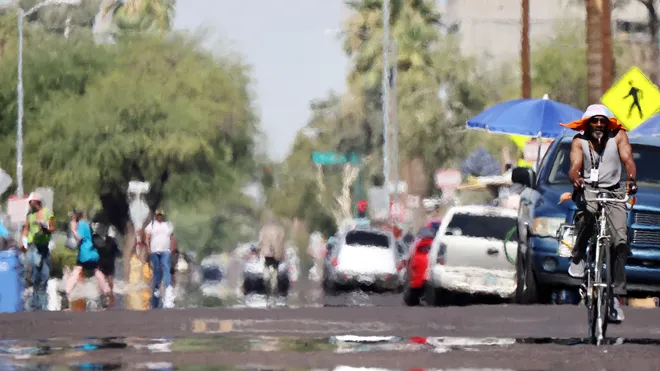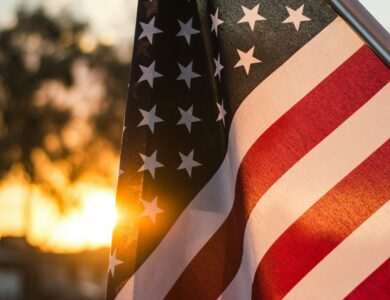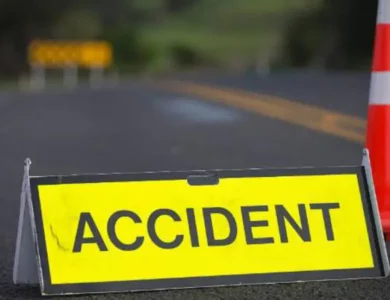USA: Maryland to Become First East Coast State with Comprehensive Heat Safety Standards

Admire Stewart, a worker at Ellicott Hall on the University of Maryland’s College Park campus, faces heat-related challenges daily. Battling migraines and heat hives from the sweltering conditions in the unairconditioned dormitory, Stewart manages her symptoms while working in high temperatures nearing ninety degrees.
A significant breakthrough is on the horizon for worker safety in extreme heat. President Joe Biden has introduced a national occupational heat standard, though its implementation may be years away. In the interim, states like California, Colorado, and Maryland are advancing their own protections. Maryland is set to become the first East Coast state to finalize a heat safety standard this summer.
Under the new Maryland rules, employers must provide workers with acclimatization periods and heat safety plans for any work conducted when the heat index reaches 80 degrees or more. Additional measures, such as paid breaks in cooled and shaded areas at temperatures of 90 degrees or higher, are also required. These standards are designed to address the high incidence of heat-related illnesses and deaths among workers, particularly in construction and other high-risk sectors.
However, not everyone supports the new regulations. Some industry representatives argue that the standards are overly stringent and that workers should be able to manage their own breaks. Critics also express concerns about the practical challenges of implementing cooling and shading stations.
Despite these debates, labor experts emphasize the importance of these regulations in preventing heat-related fatalities. With federal standards potentially years away and varying state protections already in place, the push for comprehensive heat safety measures continues to evolve.
As states like Texas and Florida restrict local heat ordinances, the spotlight remains on Maryland’s initiative, which could set a precedent for worker safety across the nation.








